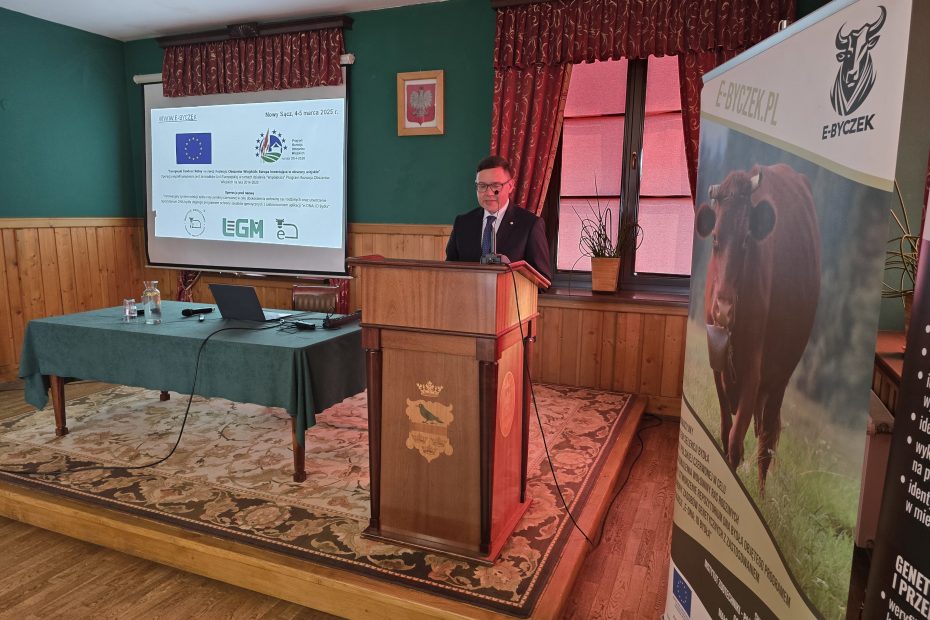On 4–5 March 2025, a conference organized by the National Research Institute of Animal Production (NRIAP) and the Małopolska Agricultural Advisory Centre (MODR) in Karniowice, summarizing the e-Byczek operational group project, took place in Nowy Sącz. The project was entitled: “Innovative system of selection of Polish Red cattle for improvement of native beef breeds and creation of a cattle DNA repository covered by the genetic resources conservation programme with the application of e-DNA: Cattle ID”.
The event brought together representatives of self-government authorities, academia, agricultural advisors and cattle breeders to discuss the results of the operational group’s work. The participants were officially welcomed by Tomasz Jacek, PhD Eng., Director of NRIAP, and Wiesław Grochal, Deputy Director of MODR in Karniowice.
The first day of the conference was devoted to a discussion of the activities of the e-Byczek group and their significance for breeders of conservation breeds of cattle. Anna Radko, PhD, Prof. of NRIAP, who heads the work of the operational group, presented the project assumptions, goals, scope of research and innovative results achieved. Then, Robert Rajzer, a farmer-breeder and member of the operational group, presented his farm and discussed the activities carried out as part of the project, showing the perspective of a farmer involved in the work of the team.
Ewa Sosin, PhD Eng., the National Coordinator for the Conservation of Farm Animal Genetic Resources, emphasized that the conservation of genetic resources is a common cause for breeders and scientists. She discussed the importance of DNA-based testing of the origin of cattle for in situ conservation and the development of the “Native Breed” quality system. She also emphasized the role of breeders supporting the National Bank of Biological Material by submitting DNA samples of their animals for scientific research through an application developed by the e-Byczek group.
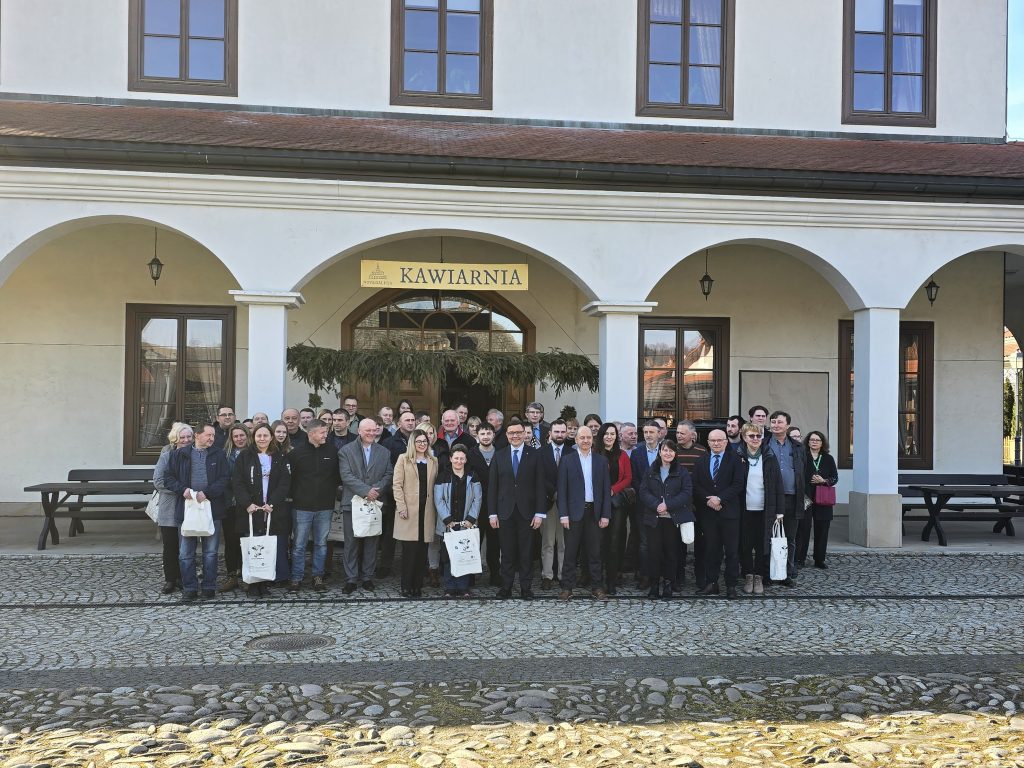
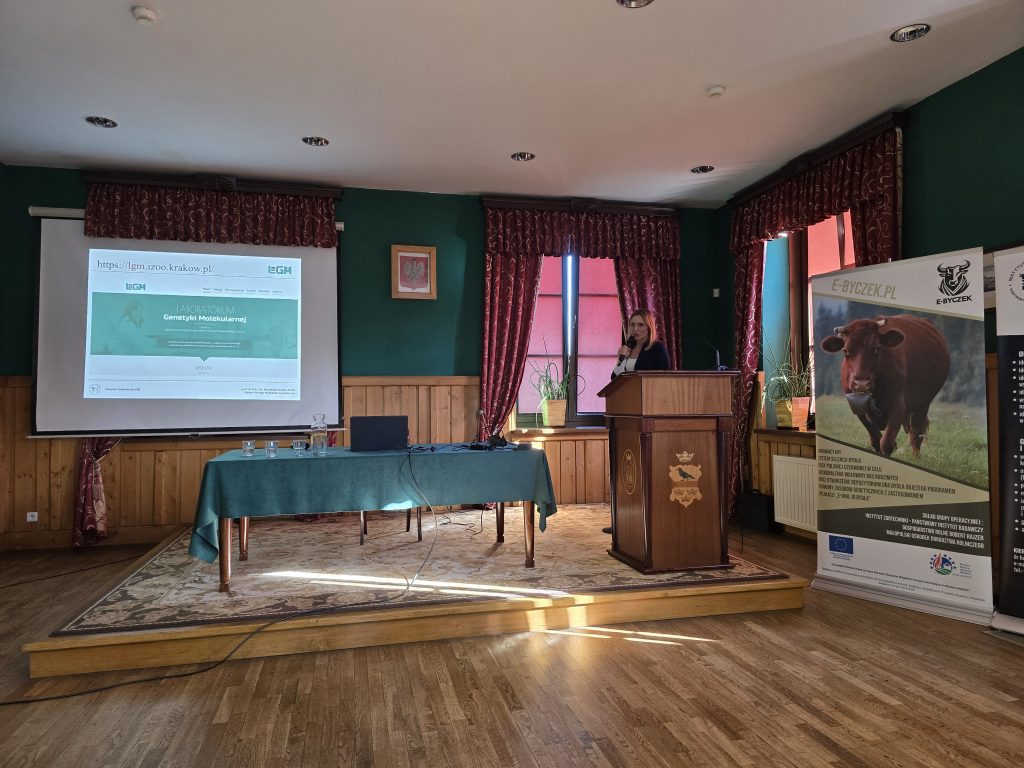
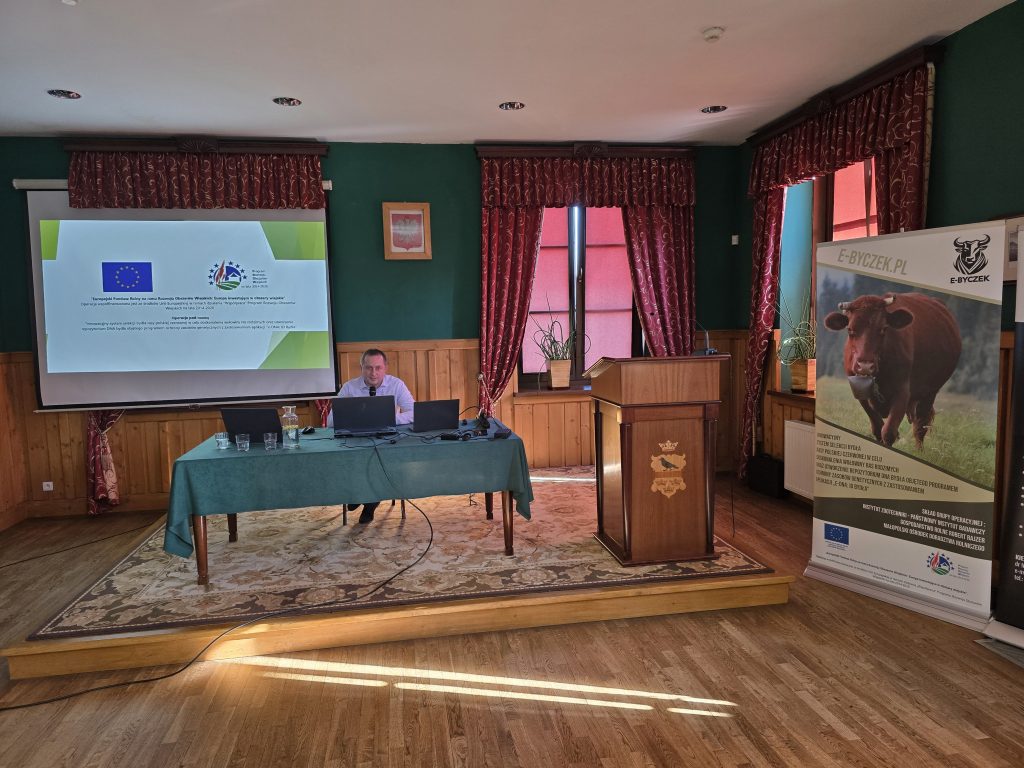

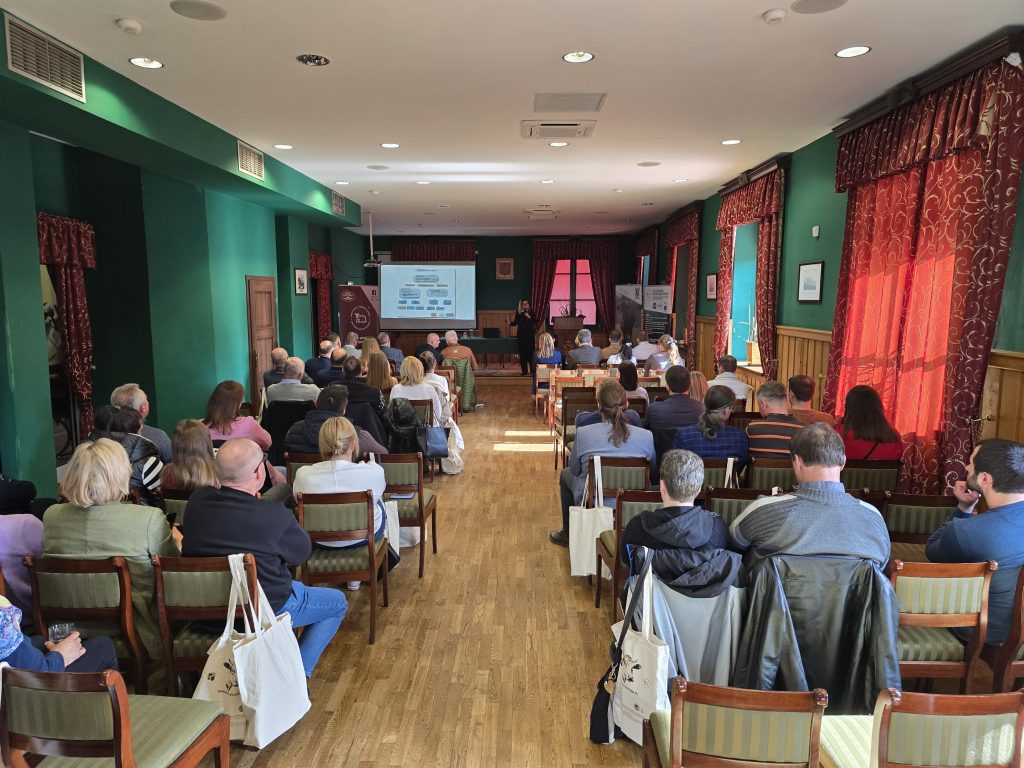
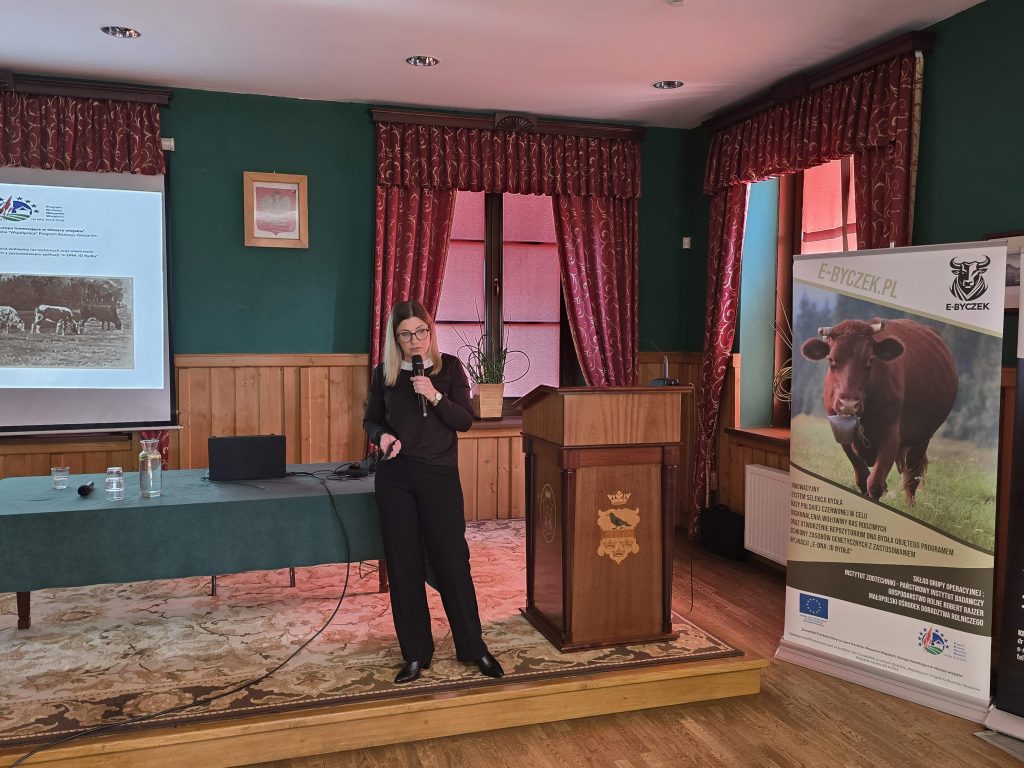
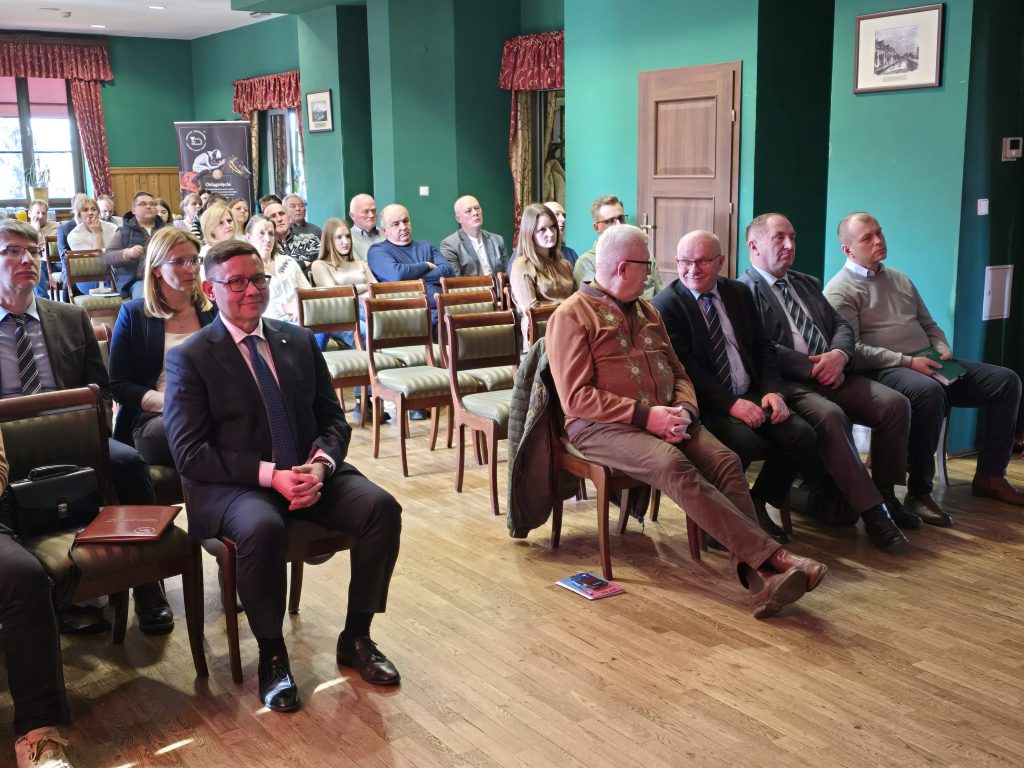

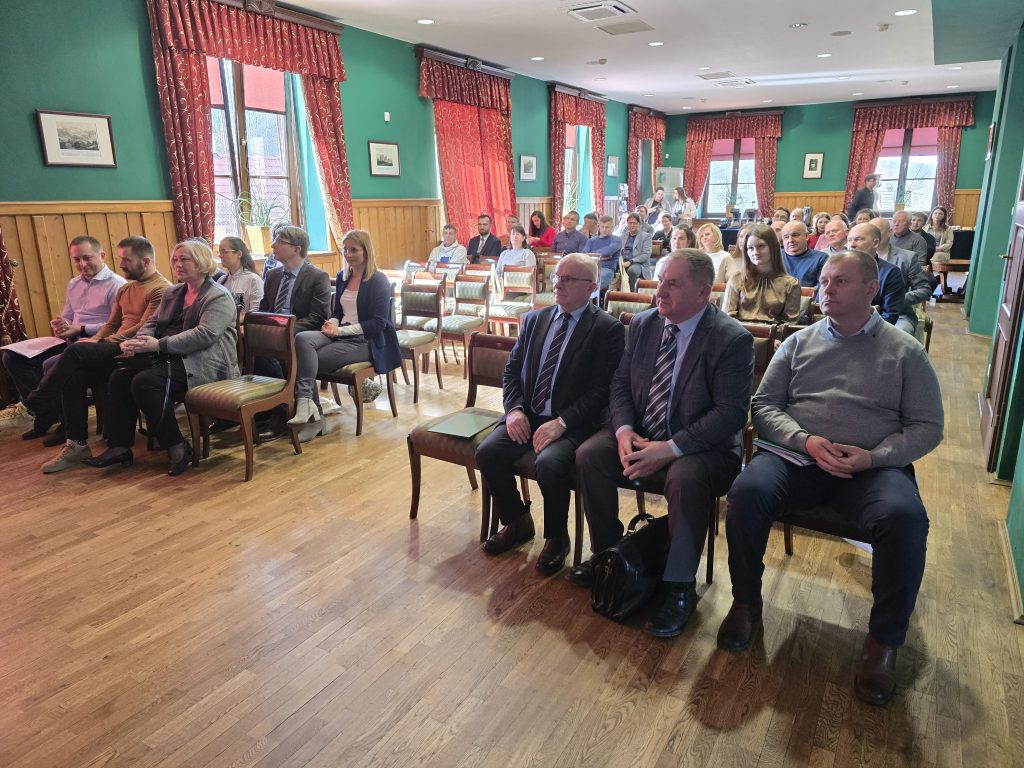
Later in the meeting, Anna Koseniuk, PhD Eng., gave a lecture on the development of research into the origin of animals, and Prof. Katarzyna Ropka-Molik, PhD, presented the services offered by the Laboratory of Molecular Genetics of the National Research Institute of Animal Production. The presentation of the e-DNA: Cattle ID application, developed as part of the project, also attracted a lot of interest. It was presented by Mariusz Adamczyk, head of the IT Department at NRIAP. The program enables the ordering and control of the origin of cattle covered by the Conservation Programme for Animal Genetic Resources, which allows for precise herd management and identification of animals.
Closing the first day of the conference was a presentation by innovation broker Konrad Popek from the Małopolska Agricultural Advisory Centre in Karniowice on the MODR’s experience in the “Cooperation” measure under the Rural Development Programme 2014–2020 and the conditions for funding operational group projects in the upcoming call under Intervention I.13.5. Cooperation of EIP Operational Groups.
The second day of the conference was devoted to workshops, which were actively attended by breeders of conservation breeds of cattle. During the practical classes, participants, supported by the NRIAP IT team, were able to test the functionality of the e-DNA: Cattle ID application, including placing orders for parentage tests and managing an individual account where animal identification data is collected. The aim of the workshop was to encourage breeders to use modern technology in their daily work.
The result of the project is the creation of a modern system for selecting animals for the herd, which not only supports breeders in their decision-making, but also contributes to improving the quality of beef from native breeds by guaranteeing its authenticity. The DNA repository part of the application opens up new possibilities for involving breeders in the ex situ conservation of valuable cattle breeds.
The project’s closing conference provided an excellent opportunity to exchange experiences and strengthen cooperation between scientists, breeders and advisors, laying a solid foundation for further joint activities.
